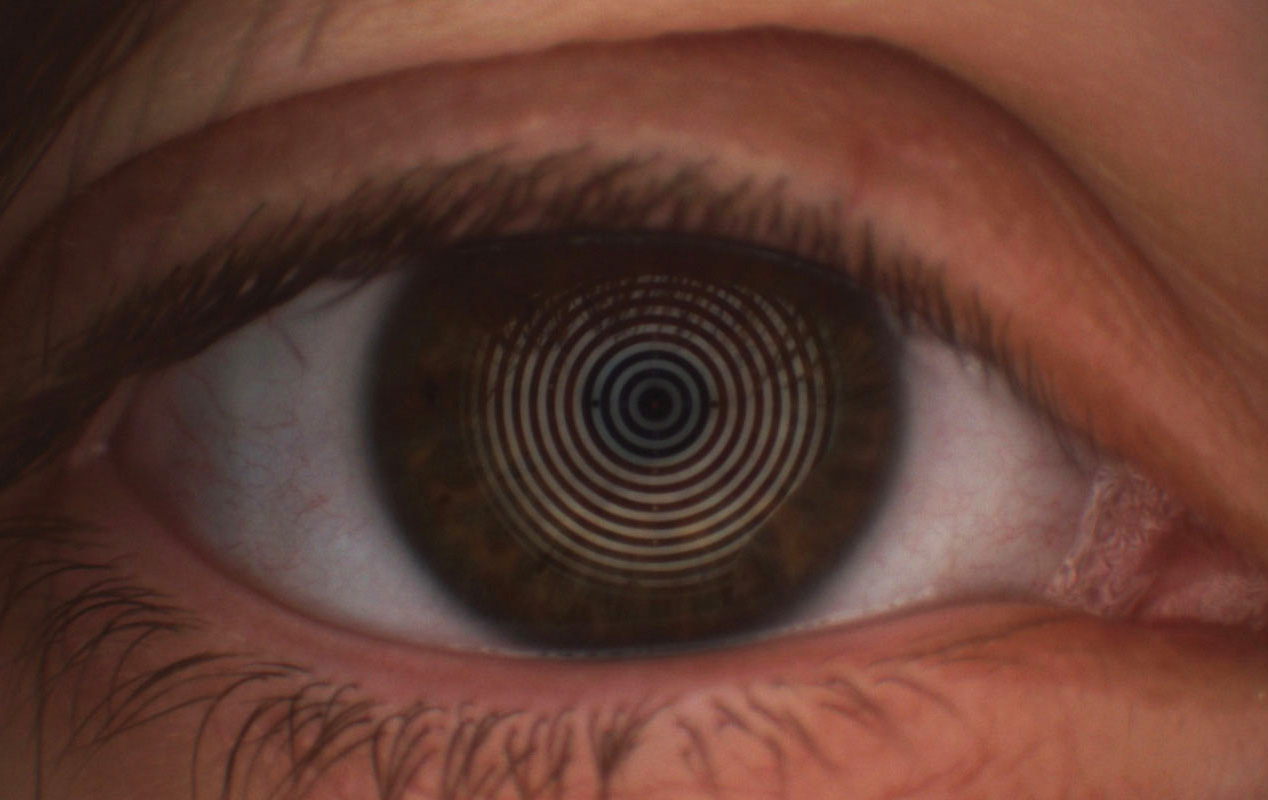 |
|
Noninvasive tear break-up time was one second shorter in myopes vs. emmetropes and only half of myopic subjects were able to achieve an NIBUT of 10 seconds or longer. Photo: Suzanne Sherman, OD. Click image to enlarge. |
Researchers in China recently wanted to investigate the distribution of noninvasive tear film break-up time (NIBUT) in children and better understand factors that influence it. This investigation was hospital-based, with spherical equivalent refraction measured with cycloplegia and NIBUT measured by the Oculus Keratograph.
Included in the cohort was 1,269 total kids (1,269 eyes), with a median age of 11 (range 6-18; boys accounted for 47.1% of the cohort. The researchers found that the median NIBUT for myopic children was 9.9sec, while it was an entire second longer in non-myopic kids at 10.9sec. Even further, only 49.9% of myopes were able to achieve an NIBUT time of 10sec or longer, while 67.8% of non-myopic children could. Related to these findings, the myopic group of children was observed to have 3.6% with dry eye disease, while the non-myopic group had 0%. Also observed was a positive correlation between NIBUT and age. Finally, a greater percentage of myopic kids (71.8%) used electronic devices almost every day; among non-myopes, it was only 37.2%.
As the researchers explain in their paper on the study, kids in Asia tend to have shorter NIBUT times, and their own results corroborate this finding. However, they voiced greater concern about why NIBUT time was shorter in myopic subjects and the greater proportion of kids observed with dry eye. They speculate that the reasons may be multifaceted, especially since there is no direct evidence of causality between myopia and dry eye disease. They do note, though, that those who have myopia also tend to have poor ocular surface conditions. What’s more, myopic patients often overuse electronics—a known risk factor for dry eye disease. Reduced blink frequency when using a video display limits meibomian gland secretions, reducing stability of the tear film and ultimately encouraging dry eye.
The authors mention that myopia is a serious concern in China, with rates reaching 52.7% in middle school and 80.6% in high school. Worryingly, they add, “there is a trend of increasing year by year, the rising rate of myopia may also indirectly lead to the prevalence of dry eyes.” With myopia being projected to affect nearly five billion people worldwide by 2050, this trend may need to be on the radar of all eyecare practitioners.
| Click here for journal source. |
Zhao GH, Wang JD, Liu MR, et al. The distribution and influence factors of noninvasive tear film break-up time in children. Clin Ophthalmol. 2024;18:2697-704. |


